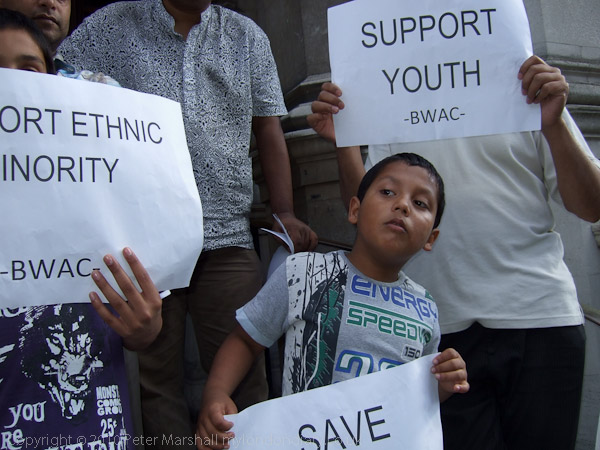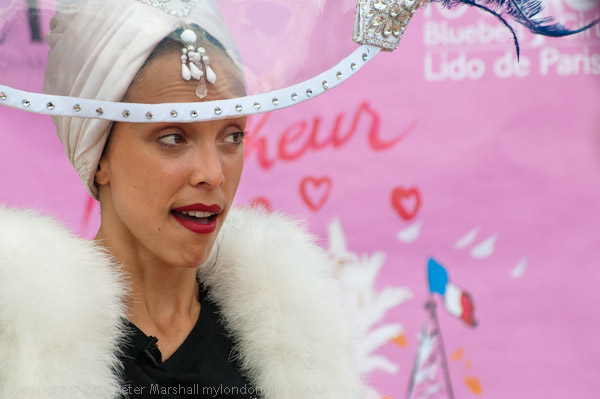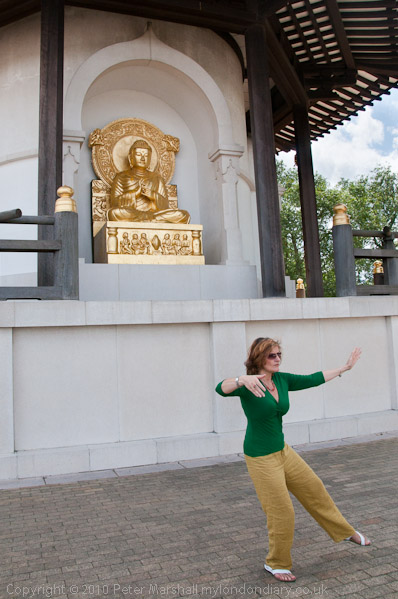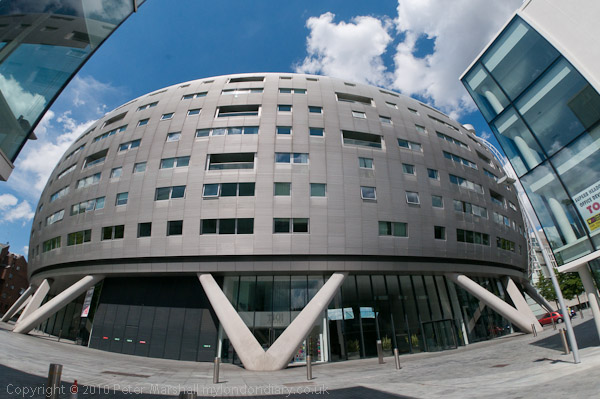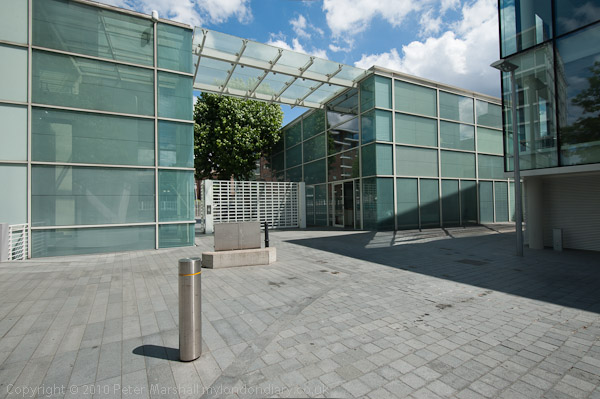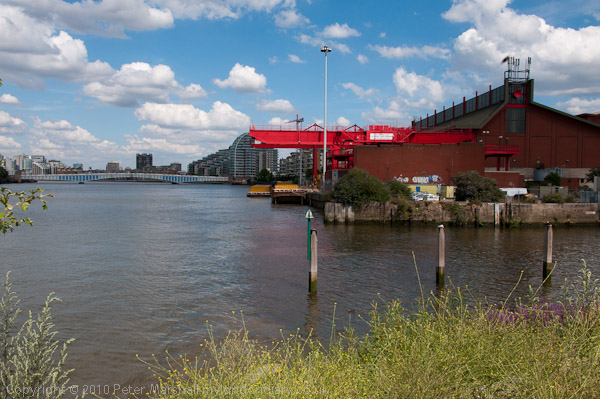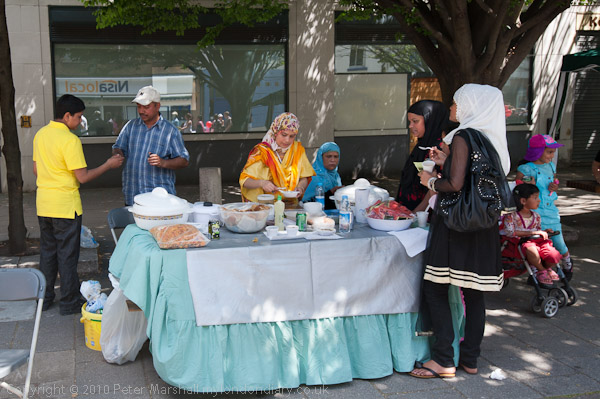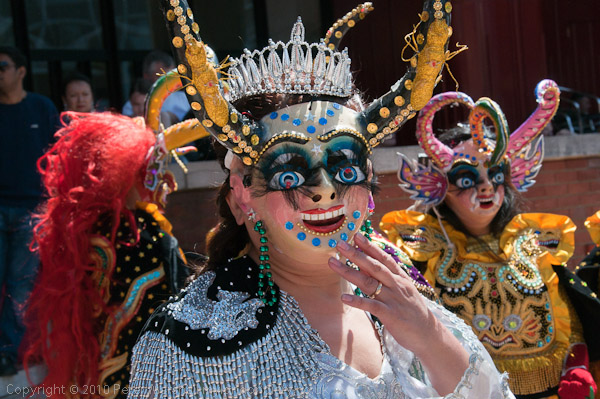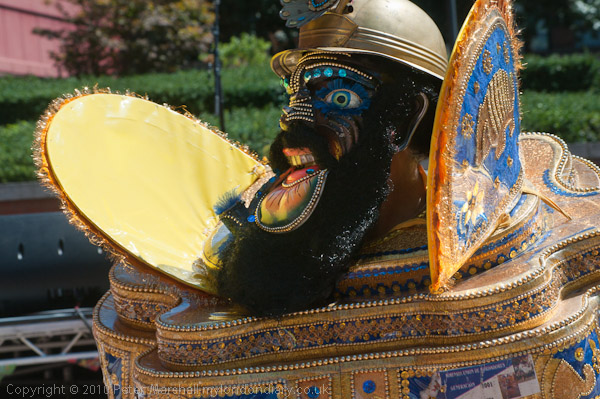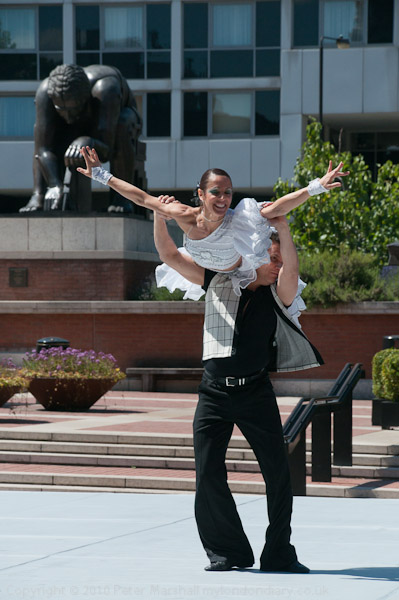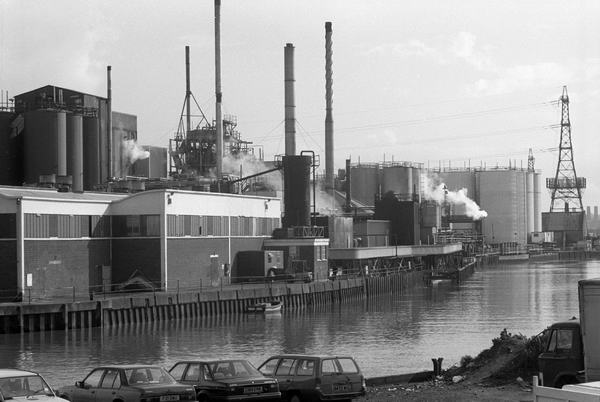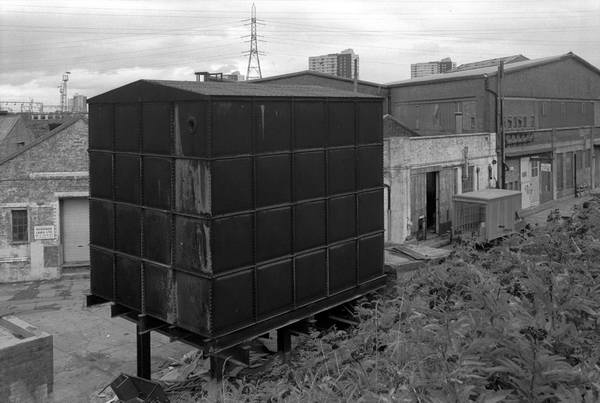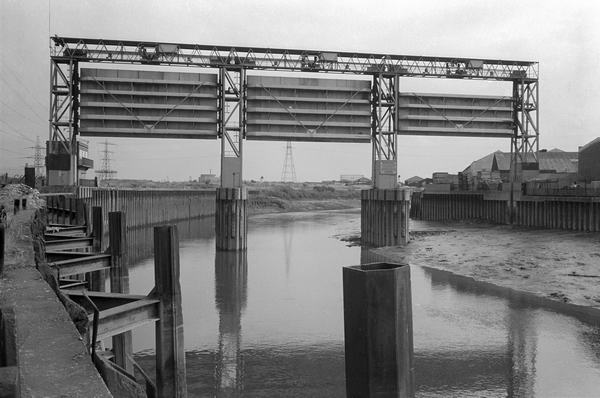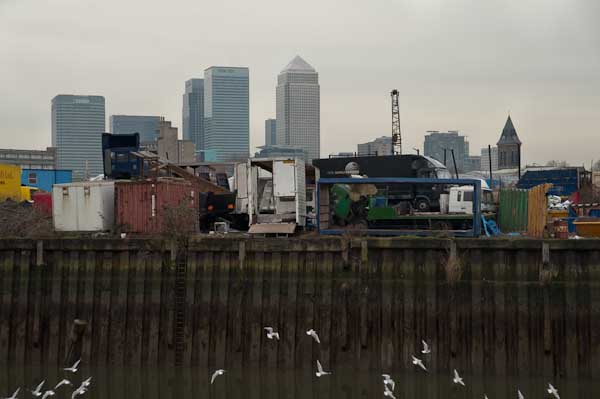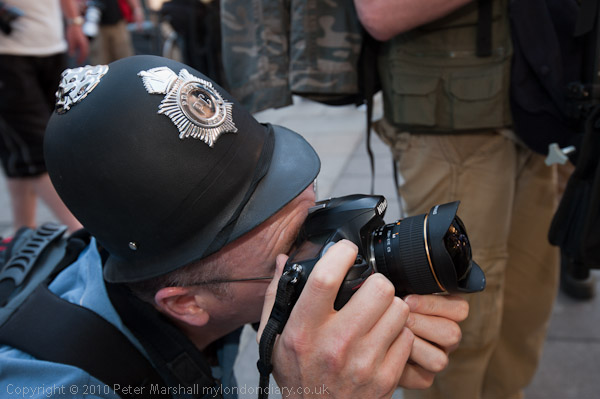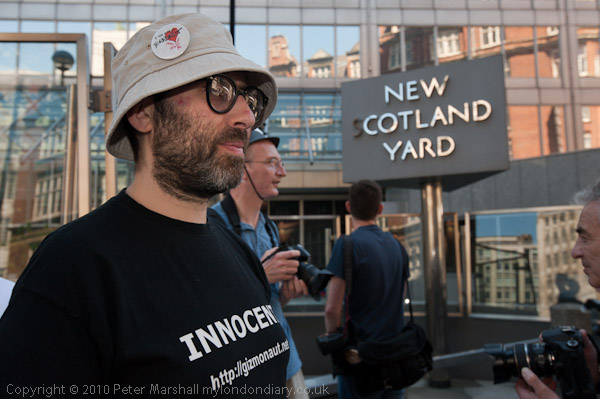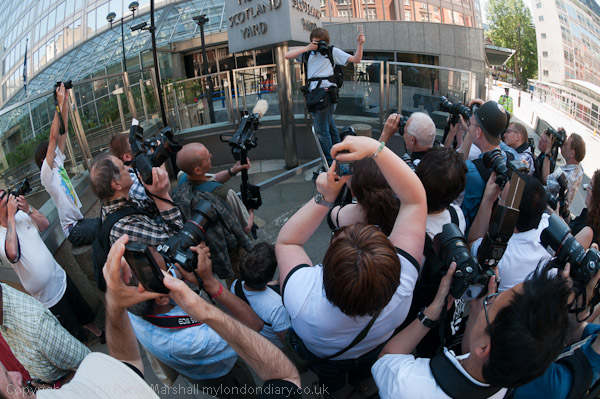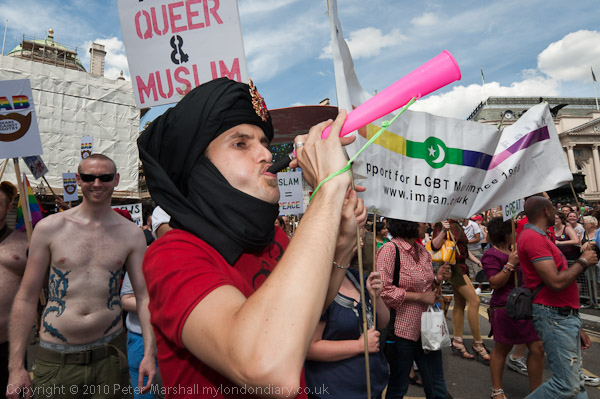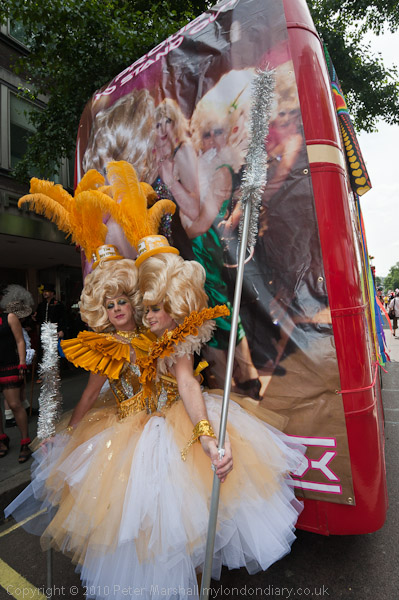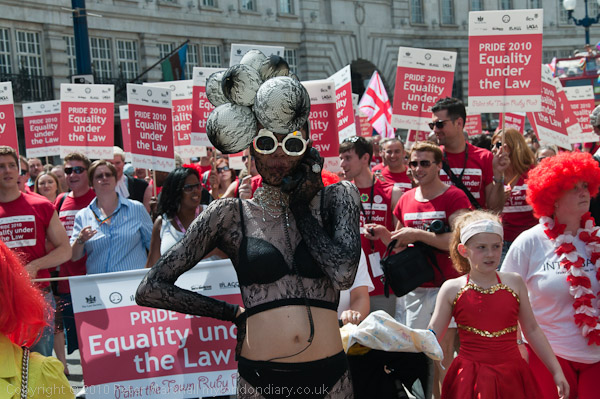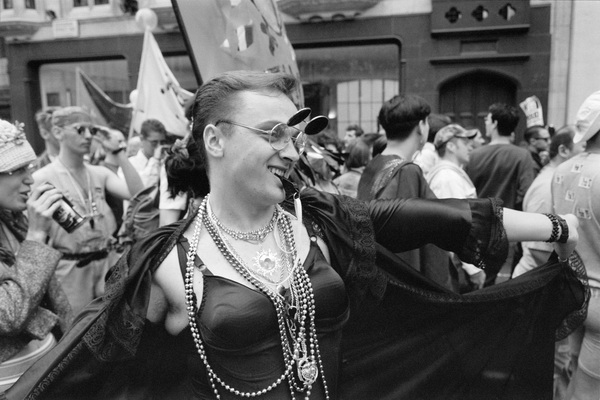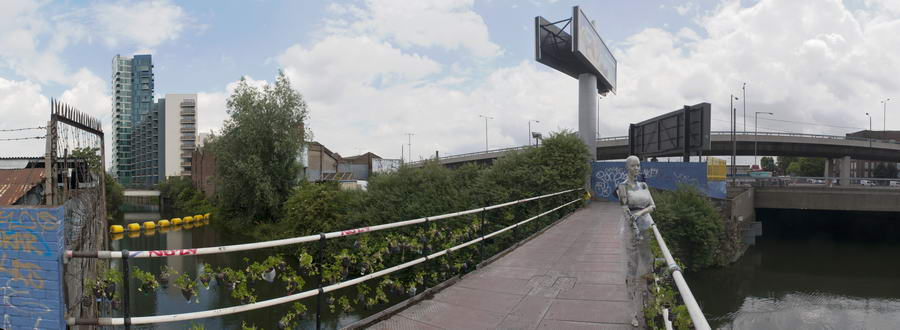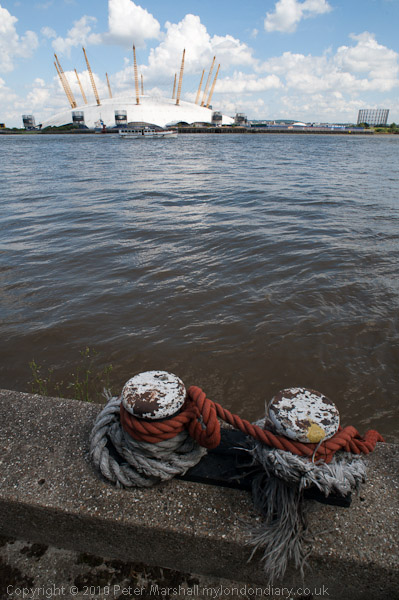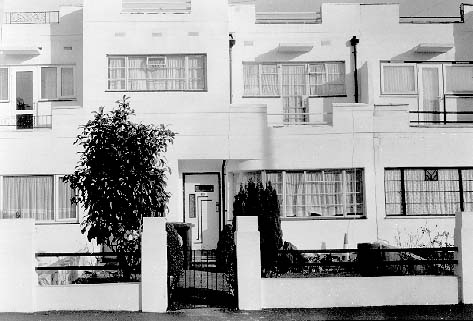If there is one thing that is ever likely to alter my allegiance to Nikon and switch to some other make of camera (and I don’t think it is likely to be Canon, though I’ve nothing against them, but there is just no real advantage) it will be lens hoods.
The 16-35mm f4 Nikon is a fine lens in many respects, and once I find the time to make a profile for it to use with Lightroom (or someone else kindly supplies one) I’ll be happy using it for almost anything. Even at f4 it seems pretty sharp right to the corners across more or less the full range (perhaps just a little less than biting at the 16mm end.)
For many of the pictures I take or people and events the slightly obvious distortion at 16mm doesn’t even show and can actually be a slight improvement, as more often the little bit of vignetting can also be. If it wasn’t there I’d probably want to add it in some images. And the chromatic aberration generally isn’t too noticeable in moderate sized prints either, though I’d like to remove most of it as a matter of course. I’ve seen little or none of the more troublesome blue fringing that besets some lenses, probably on account of the slightly awesome length of this wide-angle. It does get rather confusing when I’ve two cameras hanging around my neck, one with the 16-35mm and the other with a 55-200mm and I have to keep telling myself that the one with the considerably shorter lens is the telephoto.
Doubtless the size and weight of the lens are linked to its optical performance as well as to the presence of the vibration reduction. I’ve yet to detect any real advantage of this when I’ve had it switched on, and I suspect it is actually a problem in fast-moving situations, where I’ve found some frames with an inexplicable lack of sharpness that I can only blame on it.
It’s fast to focus, and I think precise in doing so. It feels pretty well built and although we haven’t really had the weather to test it I suspect will cope with the elements better than my other lenses.
The only real problem I have with it is the lens hood. Of course you don’t expect it to be too effective for a zoom of this type and to some extent it is as always just a convenient rest for your hand which will do the real job of shielding the front element from direct sun without obscuring too much of the picture (since you don’t quite see the frame edge in the viewfinder you may have to crop slightly.) And its main function is of course to cut down the chance of those straying fingers marking the front element, which it does reasonably well.
But almost every day I use this lens I find at some point, sometimes several times that I’m having to reach down to the ground to pick the wretchedly flimsy and poorly fixed plastic ring up. Yesterday I was lucky to be able to retrieve it in once pieces as on one of the three occasions it came off it rolled onto a busy road in front of oncoming cars. Fortunately they swerved to avoid me as I stepped out towards it, thus missing the lens hood also.
I’d glue it in place, but the lens fits much more easily in my bag with the hood reversed. Perhaps I should carry a roll of sticky tape and add a length of this after bayoneting it in position. Although the Nikon HB-23 hood looks and acts as if it should be disposable, this simple plastic moulding that must cost pence to produce actually costs £15 or more to replace.
I’m not sure whether the answer needs simply the use of a better material for the lens hood or it actually needs a redesign of the bayonet fitting. Perhaps a hood with the existing bayonet could somehow be fitted with a more adequate locking system. But guys, it really is a problem and I know I’m not the only photographer who thinks so.
So Nikon make a really good wide angle zoom that costs around £1000. With some slight doubts about the need for the VR it’s a lens that can be highly recommended. So long as you don’t mind occasionally risking your life chasing errant lens hoods.
